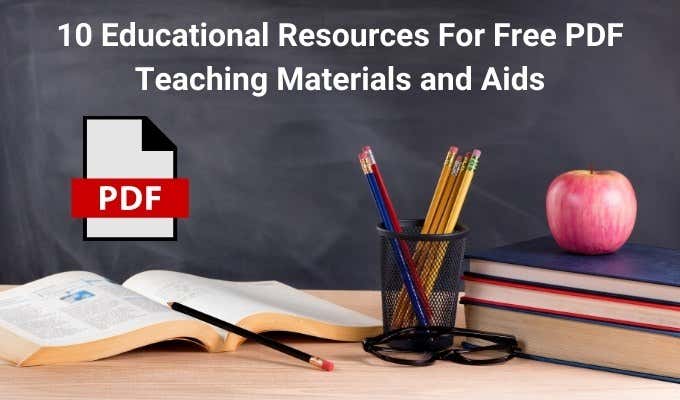New Advice For Choosing Italian Kindergarten Teaching Didactics
Wiki Article
What Workbooks, Textbooks And Other Books Are Needed For Italian Preschoolers?
Italian nurseries are renowned for their playful approach to learning. They do not employ textbooks or other traditional textbooks. While books aren't essential for children's development however, they can inspire a love of learning and help develop their language skills. Below are some kinds of books that are useful to Italian kindergartens: Picture books: Picture books assist children to develop their vocabulary, imagination and love of reading. They usually feature attractive illustrations and easy-to-understand texts.
Books for children with board covers have heavy pages and robust covers which are ideal for learners who are beginning to master the use of books. They are used for introducing children to different themes, like animals shapes, colors and numbers.
Nursery rhymes: Kids are able to learn social skills, language skills, and memory abilities through nursery rhymes. Italian nursery schools incorporate nursery rhymes and songs in their everyday routines.
Children need to be taught about diversity from an early age. Children can benefit by reading books featuring characters from diverse backgrounds, cultures, and abilities. They can learn empathy, understanding and respect.
Italian language book: Italian nurseries may use books written in Italian for children to study and develop language abilities. They could include simple stories, pictures as well as books that contain Italian nursery rhymes or songs.
The books you select for your children must be age-appropriate, interesting, and culturally appropriate. Teachers and parents can utilize books to spark children's interest and encourage them to explore different themes and concerns. See the most popular sostegno italiano for blog tips.

What Mathematics-Related Teaching Materials Are Needed In Italian Nurseries?
Mathematics teaching material support can be beneficial in Italian nurseries to help young children develop their spatial, numerical and problem-solving abilities. Here are some examples of materials for math instruction training of teachers and caregivers. Both caregivers and teachers must to be educated on how to incorporate mathematical concepts into everyday activities.
Plan of study and curriculum: Well-designed lesson plans and curriculum that incorporate mathematical concepts assist in ensuring that students get a broad exposure to mathematical concepts as well as skills.
Visual and manipulative aids For example, manipulatives like counting bears, blocks and beads, along with visual aids like posters and charts can help children learn mathematical concepts in the hands-on, visual manner.
Technology-based resources: Technology can provide children with additional learning resources, including math apps on tablets and games.
Assessment Tools: Teachers and caregivers may make use of assessment tools to monitor the progress of children, and also to determine areas where additional support is needed.
Parental involvement: Involving parents in maths learning can reinforce the mathematical concepts learned in nursery and promote participation of the family in their learning.
It is vital that the materials used in teaching mathematics to young children is suitable for the age of the child. Teachers and caregivers are able make use of these resources to design stimulating, interactive math exercises which encourage curiosity and interest in learning among children. View the top materiale didattico matematica sostegno for website advice.

What Are The Suggested Histories For Italian Nursery Schools?
History didactics are a great way to introduce children in Italian nurseries to basic historical concepts. There are a variety of historical-themed cards. They could include illustrations of the individuals and details about their lives and accomplishments.
Timeline Cards: Timeline card will help kids understand the way that historical events are linked. The cards may include illustrations that show important dates and events.
Cultural cards help children learn different cultures and traditions, both past and current. They could include illustrations of traditions and customs, such as traditional food, clothing, or music.
Artifact cards. These cards aid children understand and comprehend the historical context of events and ways of living. Illustrations of diverse objects and cultures can be included.
Map cards: Map cards aid children in understanding the geography and history of various countries and regions. Map cards can include illustrations and information about historical people and events in various regions.
It is important to select historical didactics that are interactive, age-appropriate and enjoyable for toddlers. Teachers and parents can make use of these cards to develop exciting and interactive lessons on history that can stimulate children's enthusiasm and curiosity for the past. Check out the top materiale didattico storia for more advice.

What Are The Best Geography Cards For Italian Kindergartens?
Geography-related education can be an effective tool to introduce children attending Italian nurseries to basic geography concepts. Here are a few types of educational geography cards to look at including Continents. These cards will assist children in learning about the different continents around the world. They can also teach them their geographical location size, as well as other natural characteristics.
Country Cards: These cards provide children with information on different countries including flags, locations and languages.
Landmark cards help children to understand landmarks, natural elements and their significance in the world.
Animal cards are an excellent method to teach youngsters about animals, their habitats, their behaviour and diet.
Weather cards. These cards can help children learn about the weather patterns and how they impact the natural environment. They can also educate children about natural disasters.
Natural Resource Cards: These cards aid youngsters to understand the environment, water, forests, and other natural resources.
Choose cards that are engaging, appropriate for ages 0-12 and fun for children of all ages. They can be utilized by parents and teachers to design interactive and enjoyable geography-related activities. They will stimulate children's interest in the world and increase their interest in learning. Check out the best materiale didattico geografia sostegno for blog examples.
